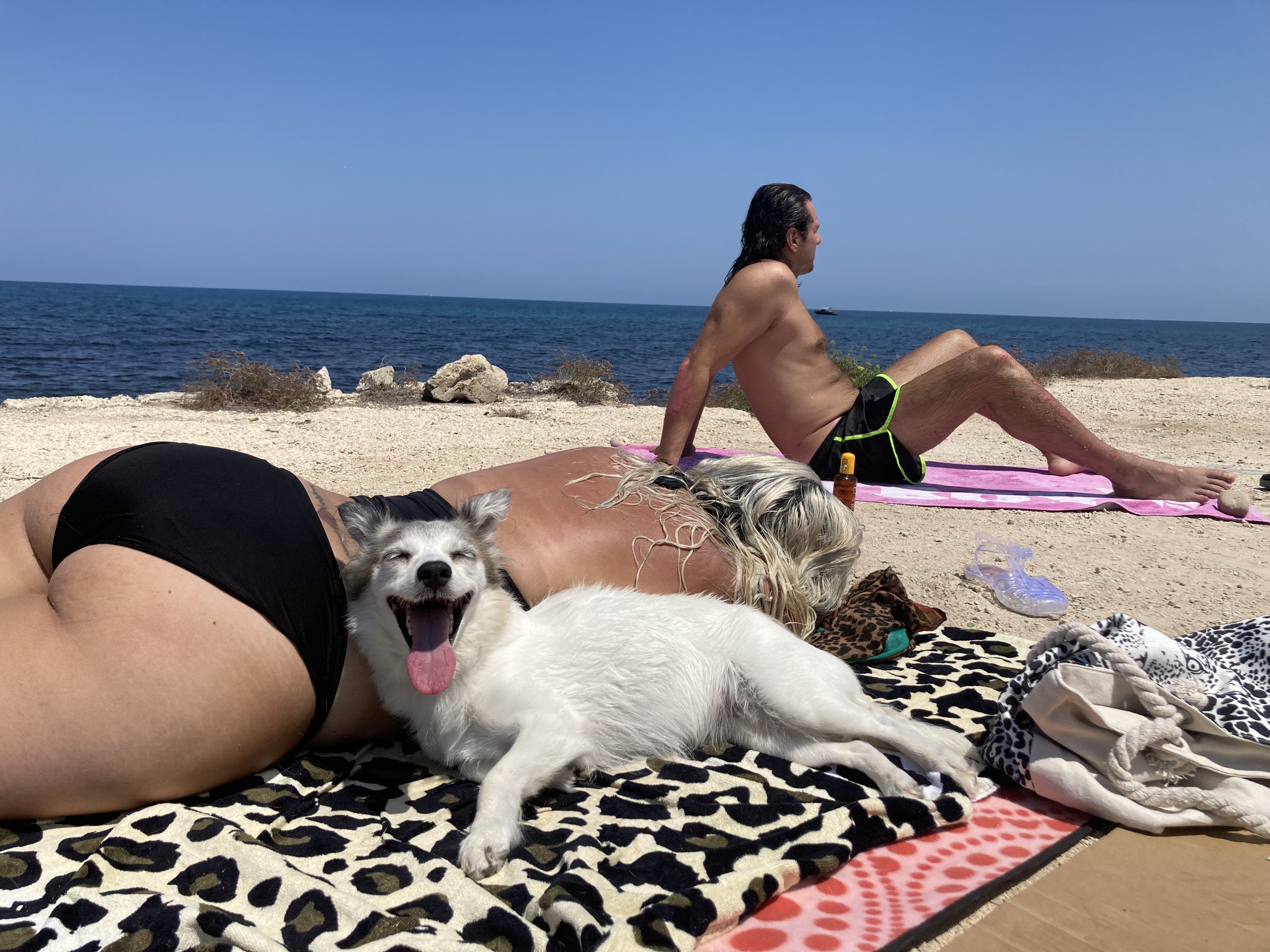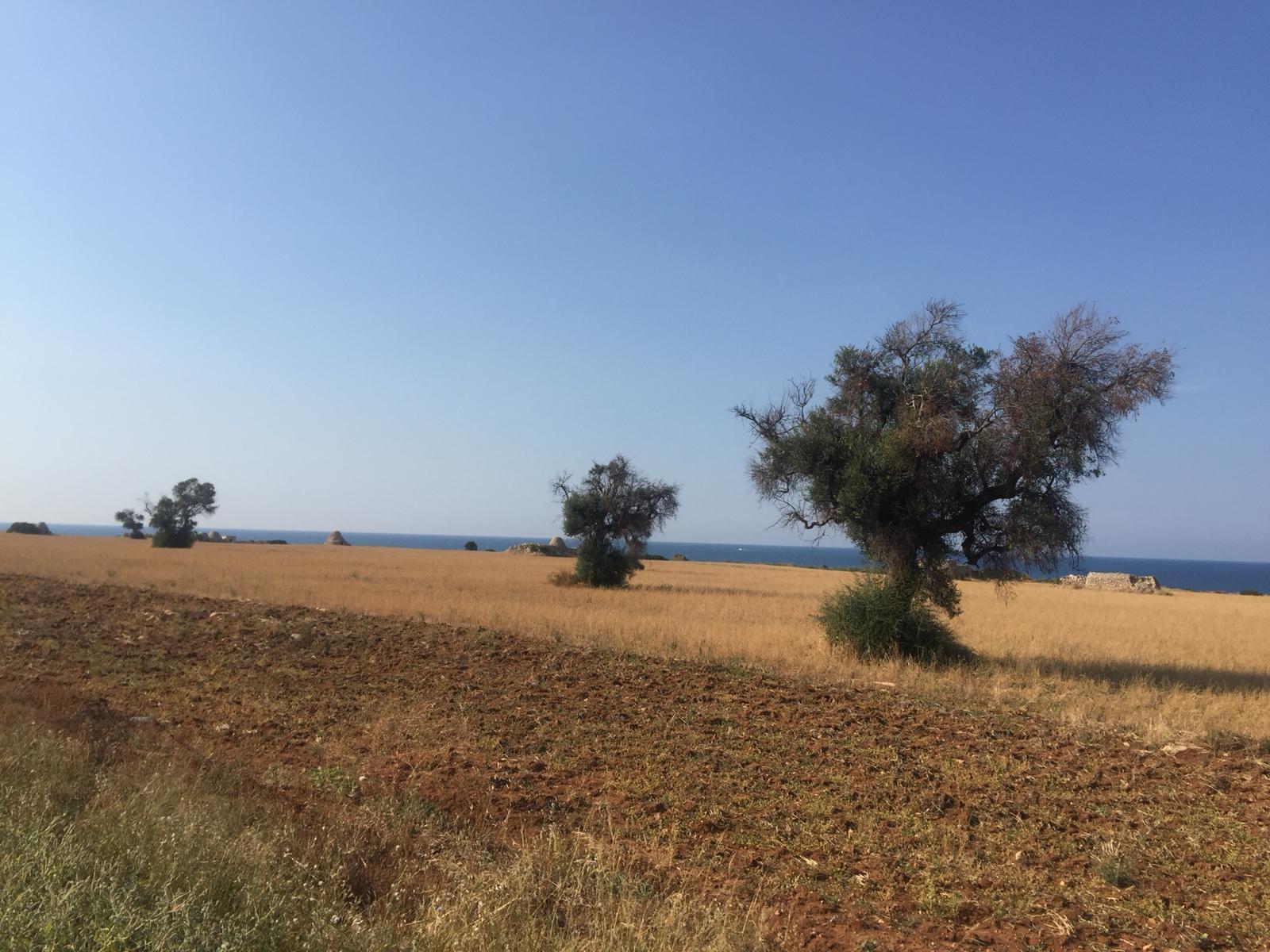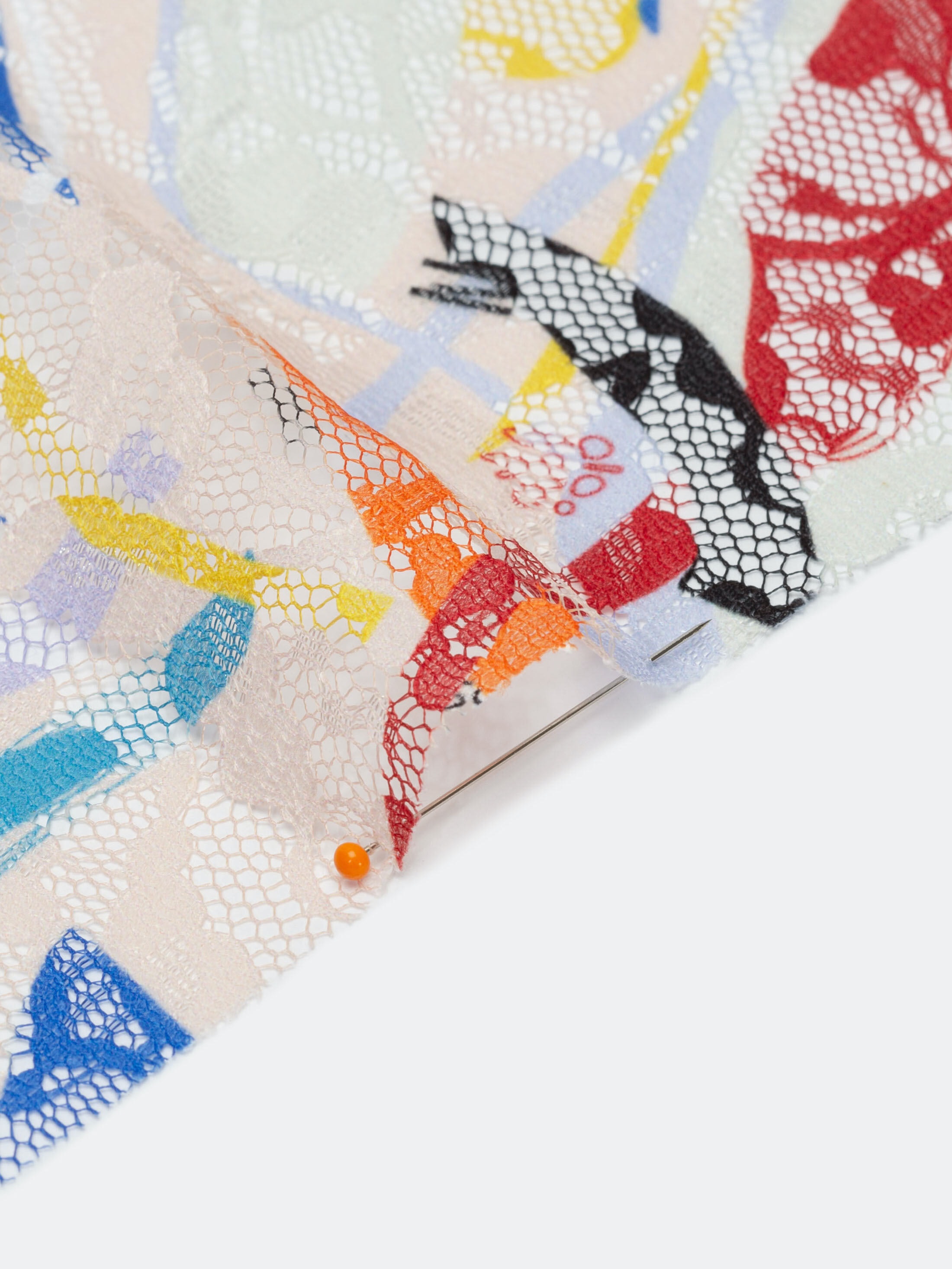Minor "Cultural Diversity" Alex Aldini
Homework Sept. 20th. (Practice with Bibi)
Collect material from each category and pair them with a different source, and try to use every source. (Don't just google everything.)
a. piece of design/work made by a Black queer person.
b. a piece of design/work made by a public/community or doesn't have a clear author
c. made by a minority in the country in which you live (or grew up in) (this could be you)
d. that is made by somebody who is not able-bodied
f. a memory, memorabilia, family, personal (draw a picture or write a description of)
Source
• from internet
• scan from a book
• photograph
• on the street
• bring an object
• from your cultural history
• family story
• memories
Homework Sept. 27th. (Practice with Bibi)
A) Document an object that tells a story about your cultural or family history. You can
choose to document it visually via photography, drawing, video or audio.
B) Document the same object in writing. It can be an anecdote, (family) memory, historical
research or a combination of all.
-Document A) and B) Hotglue before next week's lesson.
a. 'Shrew Her' by Ira Kip. This is a play made in 2015, as a reaction on the 'same sex marriage' law by Obama. It is inspired by In Shakespeare’s Taming of the Shrew, in which women are lead by men. In this play Ira questions heteronormative traditions, like marriage by making the whole play queer. Unfortunatly I have never seen the play, but I have been following her work ever since.
b. United Painting for Refresh Festival. United painting is a painting collective which creates different projects with and for people. In this project they asked different places in Amsterdam to create, together with them, a large painted word for Refresh Festival. Before the summer I helped them paint at Compagnietheater in Amsterdam. Together we created the word "Artivism" as we found art could be used as a form of activism :)


b. My object is a collection of a ‘corredo matrimoniale’ which is an old family and cultural tradition in Italy. It exists out of different household items, women should inherit from their mother ones they leave the house to get married. For example towels, bed linen, sheets and table cloths. My mother always told me to take good care of it, so ones my sister and I will get a place for ourselves we would get it. It has an emotional and cultural value, also I think it may have been very expensive at the time as everything is hand made. I asked wether my father got a ‘corredo' to, but he didn’t. When I asked why, he told me it is normal to inherit these kind of items because they would take care of the house once they got married.
Even though I value the tradition and am thankful for the 'corredo', I feel a little uncomfortable as I (most likely to) won’t be able to continue this tradition in the traditional way, as I don’t want to have kids and get married. I think breaking though this tradition could be a symbolic gesture my mother would have appreciated.
Homework Oct. 4th. (Practice with Bibi)
a. Generate new individual content based on the collectively chosen keyword/
category: It can be from personal documents, family documents, cultural
documents, school documents, marginalised history, fabricated, speculative
etc.
Write a few lines of your interpretation of the collective keyword, collect in a
file/moodboard and upload to the Students work folder on Teams.
b. Read Decolonial Listening (2019) by Rolando Vazquez (in Group 2>>Files)
I also really like this one I saw on the street a while ago :)
d. I have been to a gallery once (I don't remember when) called Atelier Herenplaats, in Rotterdam. This gallery makes space for artists with a disability as it is often hard to get into a regular artschool for people with a disability. This work in made by Wouter Valentijn. Wouter has a physical disability caused by an accident when he was younger.
c. This is a drawing made by my father when he used to go to school (I think like 55 years ago. I have always loved this drawing because it shows me another side of him I never got to see. I see us as very different, but when I look at this drawing I feel really connected to him. Probably because the drawing shows he was very distracted in class and therefor started wandering off and drawing :)
c. An installation made by a queer dutch woman, Babs Bakels "This body that once was you". In which visitors, including me, could experience their own death by meditating alone in a room filled with ash (the white stuff on the picture is human ash).
Here are some items out of the 'corredo'. I didn't document everything, as it is too much. I also accidentally found money in between the sheets.
a. Our keyword/category: "Self-navigation"
My interpretation:
I want to self navigate trough the malleability of life by looking at traditions and stories in my family history/culture and family trauma. Last week I did so by looking into the 'corredo'. While I was looking into the boxes I found more and more items and documents about our history. For example, religious and superstitious items, diaries, drawings, books, clothing, old school pictures, a lot of pictures, old cameras, toys, etc.
Questions in class. October 4th.
1. What does invisibility mean for your group?
A part of your identity always being invisible in some group: friends, family, other surroundings. Which parts of you are you choosing to silence, or which part are you forced to silence. Adapting yourself to the surroundings; for example when you go out as a woman at night.
Or making ourselves invisible caused by, for example mental illness. Or feeling like you don’t have ownership over one part of your identity, like your culture.
2. How do you feel colonialism closest in your life?
I think the Netherlands being a privileged and rich country, which is partly why my parents moved here, is made possible by colonialism.
3. How to look/hear/feel for what isn’t said/seen/felt?
Going into the silent spaces and look for invisible stories. Going back into family history. Generational trauma. Searching for other stories, outside of your (western) tunnel vision. Understanding how we grew up an dhow our past generations grew up.




presentatie BIBI
* clothes is the archive we inherit with the family/time/ and privilege we are born in
* manifesto on clothes (breakackge of own inheritance)
* mirrored / transparent clothes
* hardening clothes
* words connected a zine
* performance of archive / environment for the clothes?
inspiratie
- textiel verharden voor woorden
- kleuren gebruiken uit de omgeving waar ik vandaan kom; donkergroen (olijfbladeren), rood (eten), bruin/oranje (land), blauw(zee/lucht)
- patronen gebruiken uit objecten (corredo, kant/ heilige beeldjes/
- manifesto zin, deels uit bijbel
- artists: Faith Ringgold (quilts), Walter Van Beirendonck(powermask/wereldmuseum), maison the faux
bespreken met groep:
- gezamenlijke rode draad afspreken ; kleur/stof/kenmerk
- wie doet welke kleding?
- data afspreken.
- wat dachten we van gezamleijke insta voor process, of doen we gewoon hotlgue?
Andere manieren om textiel aan elkaar te krijgen:
- ijzerdraad,
- klittenband
- knopen
- lijm
- plastic zou gestreken kunnen worden.
- met van die gordijn strijk dingen (strijk je textiel aan elkaar, zit een lijmlaagje in)




Patronen of voorwerpen op stof bedrukken; negatief/positief
foto in textiel verwerken
tekenen door middel van textiel stiften/verf
I am willing to keep questioning the norm I find myself living in, to stay true to myself and others
creative archive
self-navigation
inspiratie voor kledingstuk
Het uitgeschreven idee: ik wil een jurk/schort maken, omdat ik nooit een jurk heb willen dragen vroeger. Het enige 'vrouwelijke' waar ik wel 'akkoord' mee ben gegaan is het koken, wat een groot onderdeel is van de italiaanse cultuur en een groot onderdeel is geweest van mijn leven en opvoeding. Ik wil dat het schort/jurk mijn geschiedenis (zie "corredo) representeerd: als je een vrouw bent, wordt je in een bepaald hokje van verwachtingen word gestopt.
Ik wil dat de jurk/schort een mix word van verschillende aspecten die mij hebben geholpen met 'self-navigation'. Een groot onderdeel hiervan zijn mijn ouders, creativiteit (koken bijvoorbeeld ook), geloof en spiritualiteit. Dat laatste is iets wat mij nu ook erg helpt met het navigeren: daarom wil ik dat verwerken in de vorm van het kledingstuk. (Zie hieronder) de jurk zal worden onderverdeeld in 7 lagen, elk representeren een chakra. Bij elke laag zal ik proberen antwoord te geven op hoe ik mijzelf daarin navigeer.
idee voor oorbellen
llinosnede
foto's van eindresultaat volgen nog :)
procesfoto's